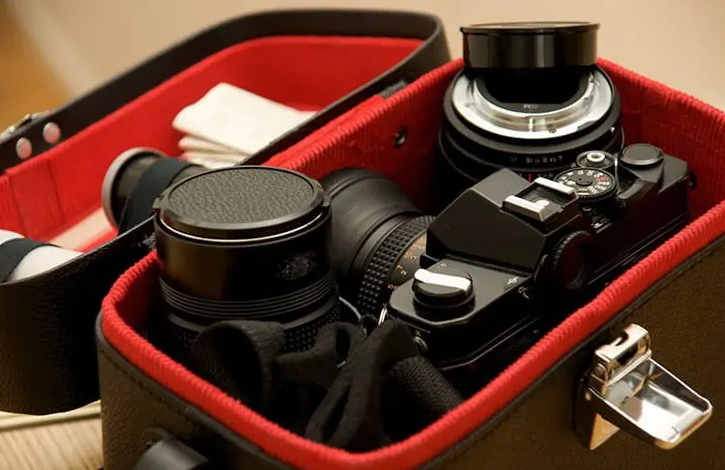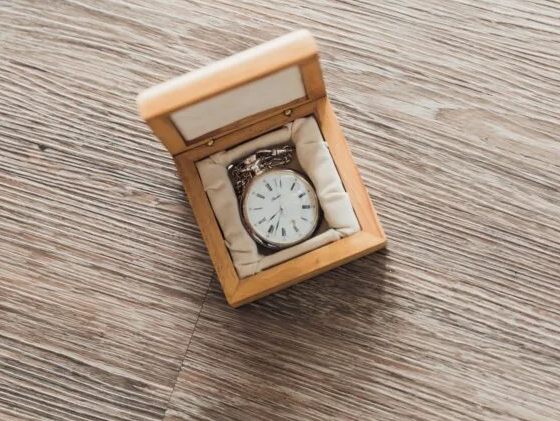EVA foam cases may pose environmental concerns, have limited temperature resistance, can react with certain chemicals, may degrade over time.
Table of Contents
What is EVA Foam?
EVA Foam, or Ethylene-Vinyl Acetate, is a polymer blend that combines the properties of ethylene and vinyl acetate. The material is popular for its flexibility, rubber-like texture, and ability to absorb impacts. With its wide range of applications, it serves as an essential material in various industries, from packaging to sports equipment.

Composition of EVA Foam
EVA Foam consists of three primary elements:
Ethylene: Provides the rigidity and structural integrity of the foam. It typically makes up a large portion of the overall material.
Vinyl Acetate: Adds to the flexibility and softness of the foam. The percentage of vinyl acetate can vary depending on the desired characteristics of the foam.
Blowing Agents: These are chemical substances used in the manufacturing process to create the foam structure. Common blowing agents include azodicarbonamide and water.
The blend of these elements results in a foam that is easy to work with and highly versatile, making it a preferred choice for a variety of applications.
Common Uses of EVA Foam Cases
EVA Foam is widely used in many sectors for its desirable attributes. Below are some of its most common uses:
Electronics Packaging: Because of its excellent shock-absorption capabilities, EVA foam often serves as a protective layer in cases for smartphones, laptops, and other electronic devices.
Sports Equipment: You’ll find EVA foam in mats, padding, and helmets, as it provides both comfort and protection.
Medical Supplies: EVA foam appears in orthotic insoles and medical cases for delicate instruments because it offers a blend of durability and cushioning.
Footwear: Many shoes, especially athletic footwear, employ EVA foam in their soles for added comfort and support.
Advantages of EVA Foam Cases
EVA foam cases offer a range of benefits that make them a popular choice across various industries. From electronics to medical equipment, these cases prove to be both functional and versatile. Here, we explore some of their key advantages.
Lightweight
One of the most significant advantages of EVA foam cases is their lightweight nature. Unlike materials like metal or hardwood, EVA foam is extremely light, making it easier to handle and transport. This feature is especially useful in applications like drone carrying cases or camera equipment storage, where the weight of the case can significantly impact the overall portability.
Versatility
EVA foam cases are incredibly versatile, both in terms of their physical properties and the range of applications they can serve. Whether you need a waterproof, shock-absorbent case for outdoor equipment or a soft, padded layer to protect sensitive electronics, EVA foam can be tailored to meet a variety of needs. Its adaptability is one reason it’s commonly used in cosplay costumes as well as industrial settings.
Durability
Despite its lightweight nature, EVA foam is remarkably durable. It resists cracks, breaks, and other forms of wear and tear far better than many other materials like polystyrene foam or cardboard. This durability makes EVA foam cases a popular choice for long-term storage solutions and items that require extra protection during transit, such as musical instruments.
Disadvantages of EVA Foam Cases
While EVA foam cases offer a range of benefits, they also come with their own set of limitations and disadvantages. Understanding these downsides is crucial for making an informed choice, especially when other materials might serve specific needs better. Let’s delve into some of the major disadvantages of using EVA foam for cases.
Environmental Concerns
A significant downside of EVA foam is its environmental impact. EVA is a synthetic material derived from fossil fuels, contributing to carbon emissions during production. Additionally, EVA foam is not readily biodegradable, which poses challenges in waste management. Many environmentalists prefer using natural or recycled materials over EVA foam due to these concerns.
Limited Temperature Resistance
EVA foam cases are generally not the best choice for high-temperature environments. The foam begins to lose its structural integrity when exposed to elevated temperatures, potentially putting the contents of the case at risk. This limitation restricts its use in applications like oven-safe bakeware or industrial equipment that operate in high-temperature settings.
Chemical Sensitivity
While EVA foam is relatively stable, it can react with certain chemicals, leading to discoloration, warping, or even breakdown of the material. For example, EVA foam is not the best choice for storing certain types of chemical reagents or solvents.

Long-term Durability Issues
While EVA foam is durable under normal conditions, its long-term durability can be questionable. Over time, exposure to UV rays, moisture, or mechanical stress can lead to degradation. So while it might be durable in the short term, other materials like polycarbonate may offer better long-term durability.
Cost Factors
EVA foam can be more expensive than other foam materials, particularly when custom shapes or densities are required. While its versatility and durability often justify the cost, for large-scale or budget-sensitive projects, other materials like polyurethane foam might be more cost-effective.
Case Studies Highlighting Disadvantages
While EVA foam cases boast numerous advantages, there are real-world scenarios where they fall short. These case studies explore some instances where the disadvantages of EVA foam became evident, affecting the performance and utility of the material.
Electronic Packaging
A tech company opted to use EVA foam cases for packaging their high-end laptops. However, they soon found that the foam discolored when exposed to some of the chemicals used in the laptop’s construction. Moreover, the limited temperature resistance of the foam affected its structural integrity when the laptops overheated, causing warping. These issues led to customer dissatisfaction and a reconsideration of materials, leading the company to explore antistatic foams as an alternative.
Sporting Goods
In the sporting industry, a manufacturer of soccer shin guards made the switch to EVA foam for its supposed advantages. The foam was initially chosen for its lightweight and shock-absorbent qualities. However, with time, the shin guards started to degrade under the UV rays when used for outdoor games. The material’s poor long-term durability proved problematic, causing the manufacturer to revert to more durable plastic-based composites.
Medical Equipment
A medical equipment company used EVA foam cases for storing sensitive diagnostic tools. While the foam provided excellent cushioning and protection initially, the company discovered the material was not resistant to some hospital cleaning agents. The sensitivity to chemicals caused the foam to weaken and break down over time. This led to the exploration of alternative materials like silicone that could withstand the sterilization processes better.






